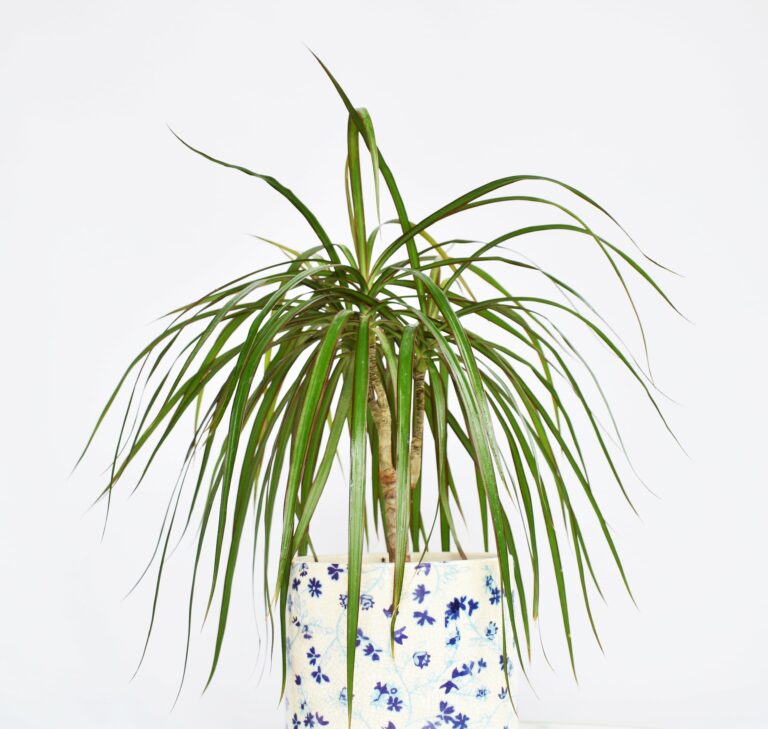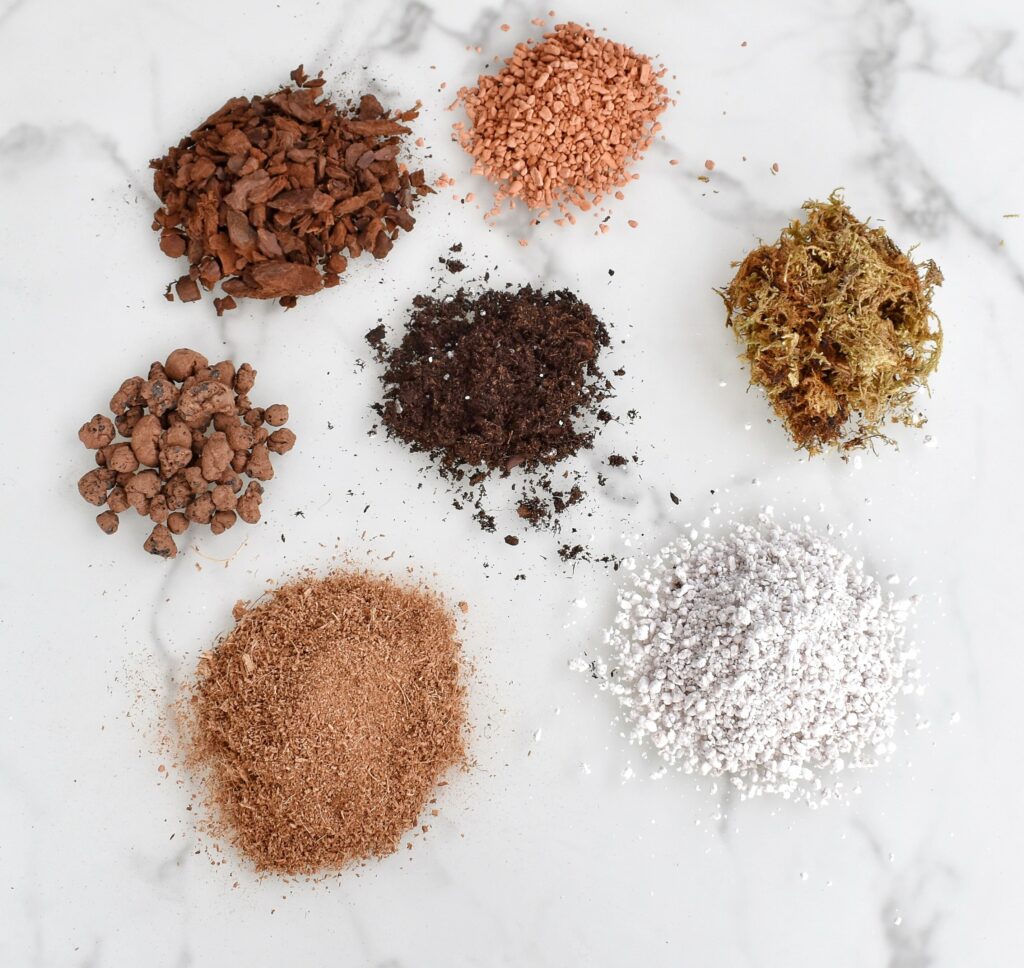Easy Plant Care
There’s a misconception that you must have a green thumb if you plan to keep houseplants. Well, you know what? Plants are the easiest pets that you can find! After stones that is, of course.
The key is to find a plant best suited for you. It’s like finding a soul-plant. There’s at least one for everybody! Fear not fellow plant enthusiasts, with our help you will find one (or more!) that is perfect for you.
The best low maintenance indoor plants
First things first, you want to make sure to get plants that hardly have any requirements. Plants that practically grow themselves.
The variety in a plant store can be huge and daunting. The best way to spot easy plants is by their foliage. Generally, the ones with thicker foliage tend to be easier to care for as they are drought-tolerant so they won’t necessarily die on you if you forget to water them once in a while. Plants in this category include Sansevierias, Zamioculcas Zamiifolia, Crassula ovata, Dracaena, Ficus Elastica etc. These beauties don’t have over the top requirements when it comes to humidity, temperature and lighting.
Of course, this doesn’t mean you should give them the worst treatment by putting them in a dark sad corner of your closet and never watering them. Remember, just because a plant CAN tolerate bad conditions, doesn’t mean it should be forced to.


When to repot?
Every plant has a different growth rate so there’s no universal time limit after which you should repot your plant. However, the best way to find out is to get a good look at the roots themselves! When you see them growing out of the drainage hole at the bottom of the pot, you know it’s time to get them a bigger pot.
You should also consider repotting if the root system has gotten busier and you see more roots than soil in your pot. Alternatively, watch out for the plant becoming a little too top heavy in a way that the pot cannot seem to support it anymore.
Please keep in mind that there are other factors which must also be taken into consideration when deciding whether or not to repot. If you have gotten a new plant, it is highly encouraged to keep it just the way it is to avoid additional stress to the plant. They need time to adapt to new environments and changing soil would do more harm than good.
When it comes to the season, spring is definitely the best time of the year to give your indoor plants a new and bigger pot.
Selecting the proper soil-mixture
Good soil equals happy plants. Plants come is such great varieties and so do the potting media. At first, it can be an overwhelming task to decide for the ideal soil mixture for your plant. However, once you understand the characteristics and properties of the most common media available, it will get easier to make your own diy soil-mixture that meets your plant’s needs.
Perlite is a common ingredient added that can be to improve drainage. It consists of lightweight and porous particles that can hold water up to 3 times its own weight and provide oxygen to the root system. Other similar porous media include clay pellets and granules.
Spaghnum moss is an additive often used for propagations as it can hold a large amount of water, keeping the mixture moist for a long time. When packed lightly into the pot, it also encourages oxygen flow vital for new growth.
When it comes to plants such as Drosera, a more moisture retaining mixture is needed. In this case, the potting media primarily consists of coco peat, a spongy material with the capacity to hold water 10x the size of its weight. Alternatively, succulents and other plants that normally grow in hot arid climates prefer a medium with excellent drainage. An airy and lightweight mixture can be achieved by adding loads of perlite, sand, vermiculite or gravel.
